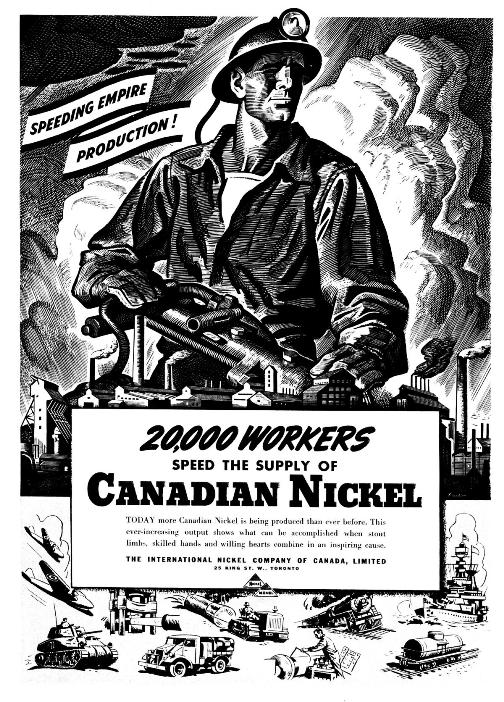“Tito Martins is a Vale man, heart and soul; he understands the company.” (Marcio Macedo, a partner with Humaita Investimentos – Sao Paulo)
SAO PAULO – Reuters
Vale SA director Tito Botelho Martins will be named the company’s new chief executive officer, a local newspaper reported Wednesday, the latest chapter in an ongoing tussle over the leadership of the world’s largest producer of iron ore.
Newspaper Folha de S.Paulo reported that Brazilian bank Bradesco, a key Vale shareholder, backed Mr. Martins to replace current CEO Roger Agnelli. Folha, which did not say where it obtained the information, said Bradesco would announce its decision by Friday.
Mr. Martins’ designation would likely hearten investors following concerns the government would tap an inexperienced politician who would slow the company’s profit growth.
“Tito Martins is a Vale man, heart and soul; he understands the company,” said Marcio Macedo, a partner with Humaita Investimentos in Sao Paulo, which manages close to $37-million (U.S.) in assets and owns Vale shares. “Right now, Vale shares are very, very cheap. If he is confirmed, I think we could see some relief for the shares.”























